Lemon meringue pie has been part of my kitchen for years. This version delivers a bright, smooth filling with a sweet, airy meringue that holds its shape beautifully. I always tell my students, this is not just a pie, it is a study in texture and balance. You will learn how to create clean layers, achieve a glossy meringue, and avoid common pitfalls.
Lemon desserts often intimidate home bakers because they seem delicate. I have made every mistake you can imagine. That experience now allows me to guide you confidently. You will walk away knowing how to make a lemon custard pie that earns compliments every single time.
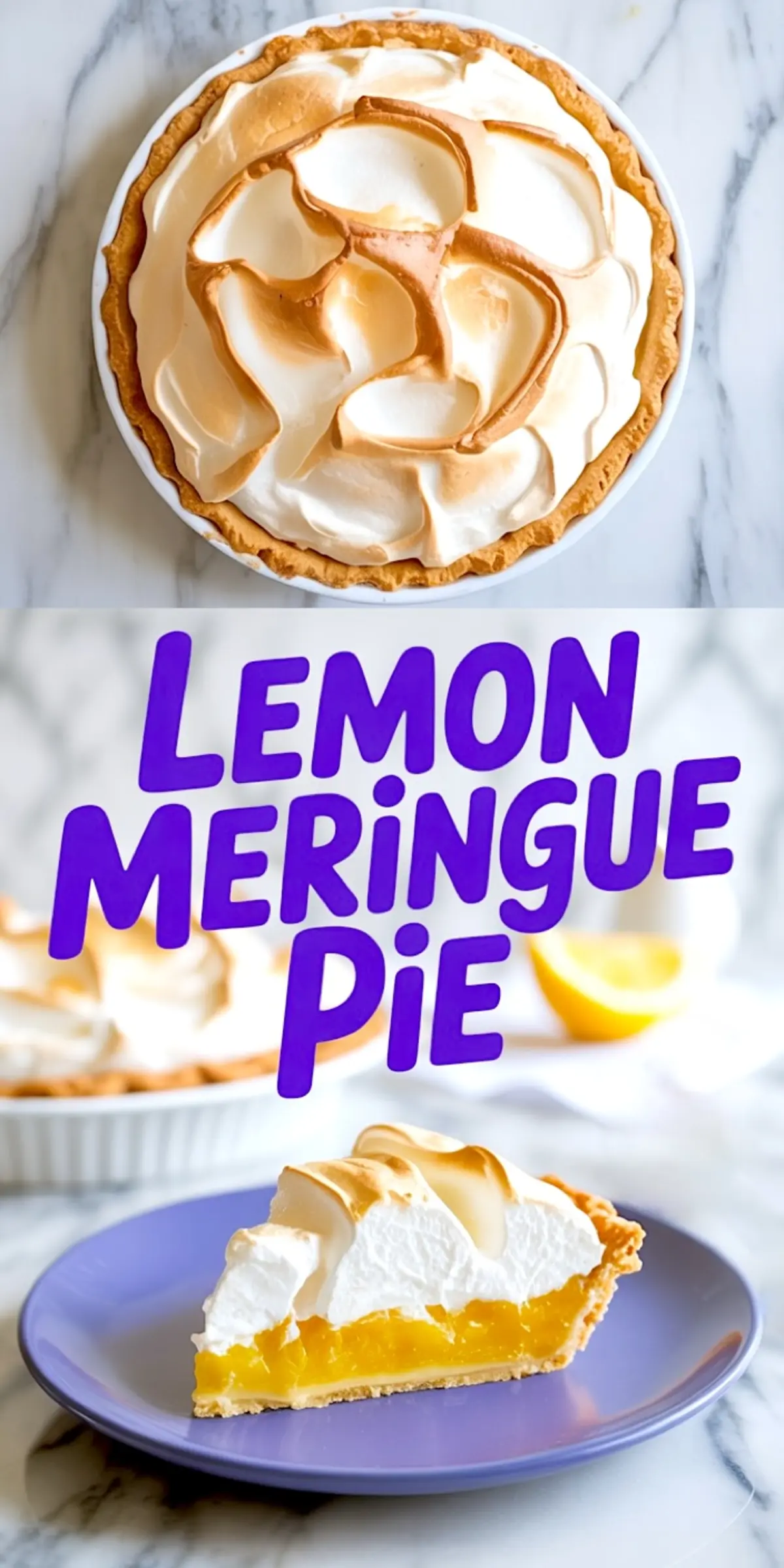
Why This Lemon Meringue Pie Works
Every step has a purpose. The blind-baked crust stays crisp under the custard. The lemon filling delivers pure citrus flavor without tasting harsh. The meringue seals the pie and brings lightness. Each component supports the next.
Fresh lemons matter. Bottled juice falls flat. Use real lemons for both juice and zest to capture that sharp, fragrant edge. The filling uses tempered egg yolks to avoid curdling and achieve a silky finish.
Meringue often scares people because of weeping or shrinking. The secret lies in stabilizing it with cream of tartar and sealing it fully to the crust.
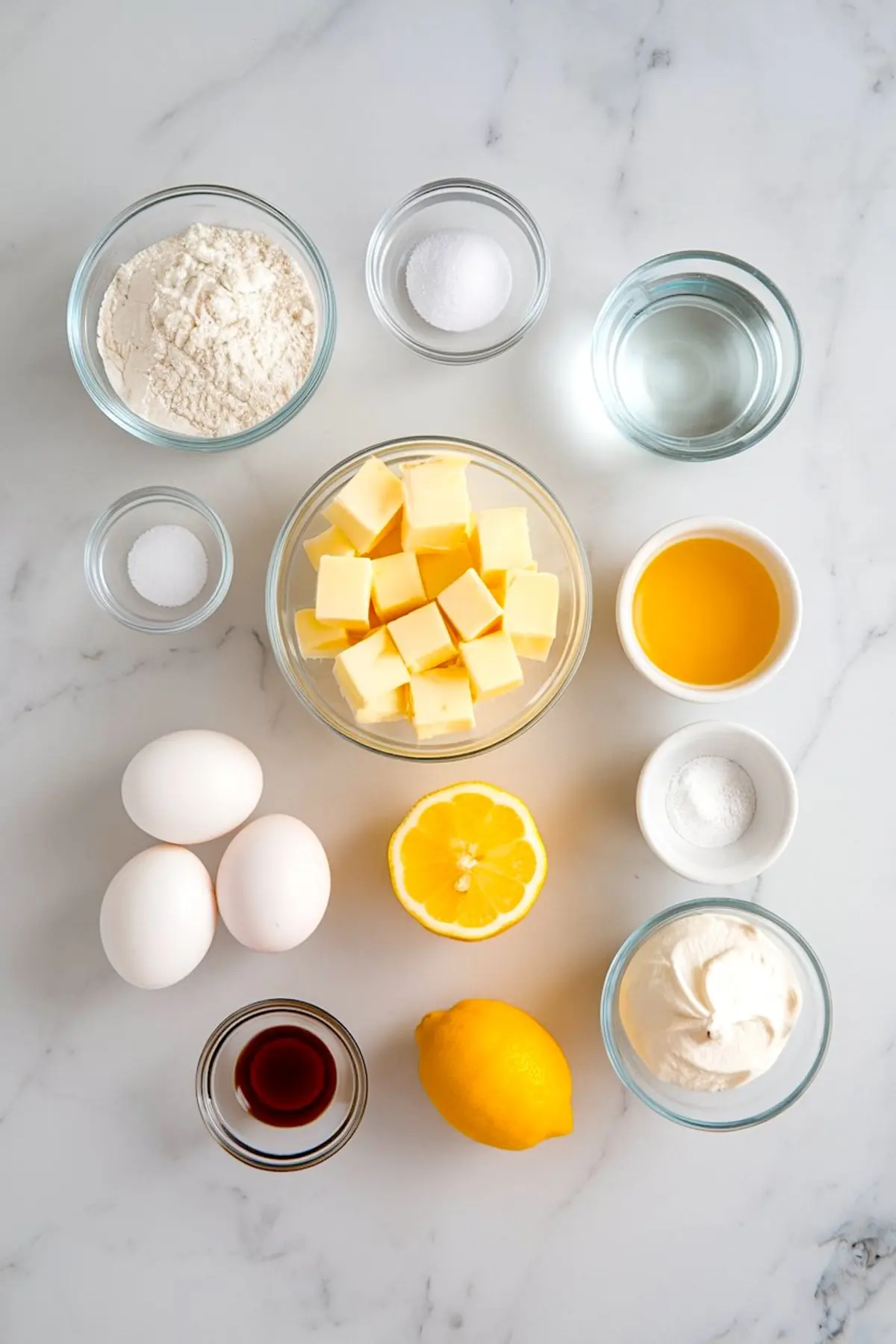
Pie Crust for Lemon Meringue Pie

The foundation begins with a simple flour and butter crust. I keep the butter cold and cut it in quickly. This creates pockets that bake into a flaky structure. I add just enough ice water to bring the dough together without overworking it. Overmixing leads to toughness, which we want to avoid.
Chilling the dough allows the gluten to relax and prevents shrinking. When rolling, I aim for even thickness to avoid uneven baking. Blind baking with pie weights ensures the crust sets firmly before receiving the wet filling.

I have tested both ceramic pie weights and dried beans. Ceramic provides more even weight distribution. Beans work in a pinch, but ceramic gives me better results for even browning.
Smooth Lemon Filling: The Key to Balance
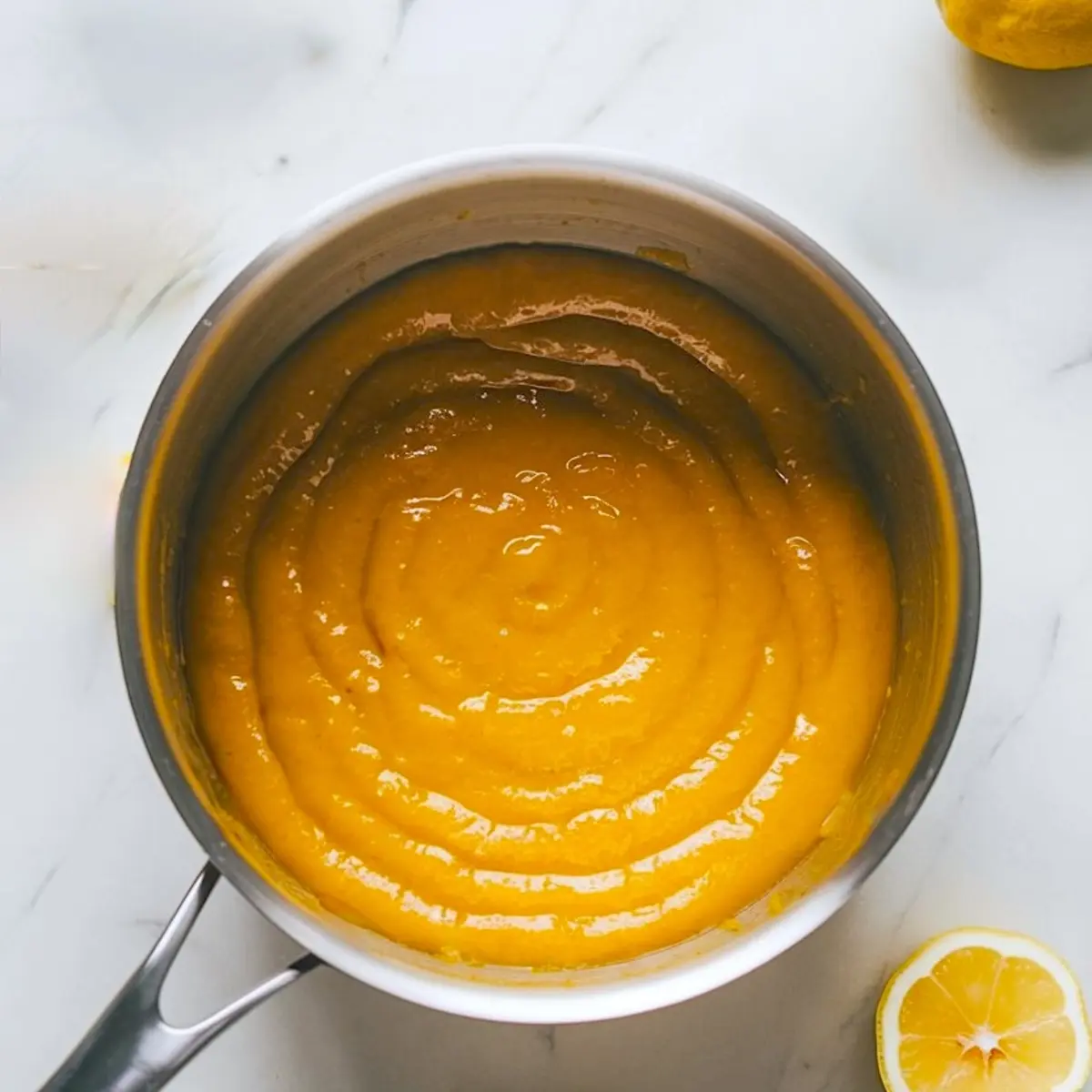
The filling combines sugar, cornstarch, and salt to create structure and sweetness. Slowly adding water while whisking ensures the cornstarch dissolves fully. Heating gently while stirring prevents lumps.
Tempering the egg yolks protects them from scrambling. I whisk a bit of the hot mixture into the yolks first, then return it to the pan. This step smooths out the filling and keeps the texture consistent.
Once thickened, I stir in fresh lemon juice, zest, and butter. The butter adds richness and sheen. The lemon zest brings fragrance that bottled juice cannot match.
Making a Stable, Glossy Meringue

Meringue demands attention to detail. I always start with clean, grease-free equipment. Even a trace of fat ruins volume. Cream of tartar helps stabilize the egg whites as they whip.
I add sugar slowly after soft peaks form, beating continuously until stiff, glossy peaks hold. Adding vanilla at the end rounds out the flavor. The meringue should look smooth and thick, never dry or grainy.
Sealing the meringue to the crust matters. Gaps allow moisture to seep in, causing weeping. I spread the meringue carefully, pressing it against the crust edges and creating gentle swirls for visual appeal.
Assembly and Baking Notes
The lemon filling must stay hot when topping with meringue. This heat helps set the bottom of the meringue, reducing moisture transfer.
Baking at 350°F allows the meringue to set and brown without overcooking. I watch for golden peaks, usually after 15 to 20 minutes.
Cooling requires patience. The pie should rest at room temperature until fully cooled, then chill for several hours. This sets the filling and allows clean slices.
Serving and Storage Tips
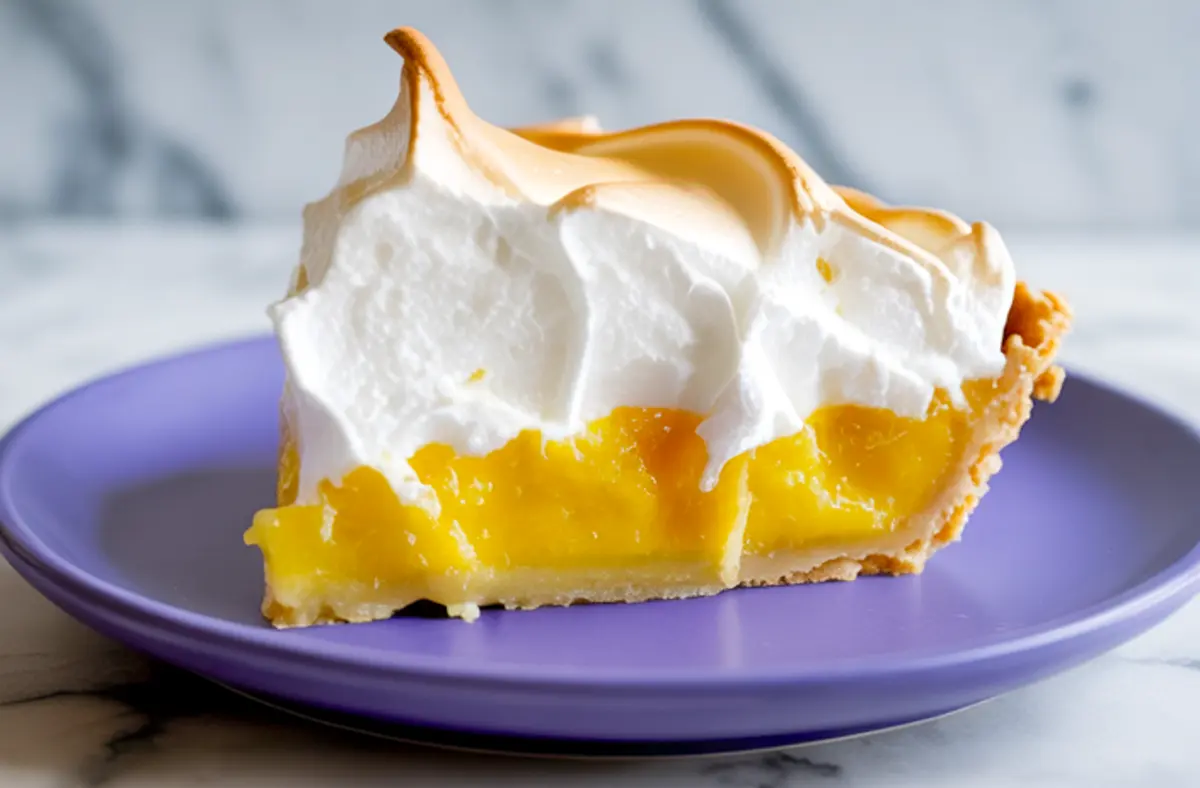
I prefer to serve lemon meringue pie on the day it is made. The meringue holds its texture best fresh. Leftovers store well for up to two days in the refrigerator, loosely covered.
If serving after refrigeration, allow the pie to sit out briefly to take the chill off before slicing. This brings the flavors forward and prevents the meringue from becoming rubbery.
A Useful Comparison: Fresh vs. Bottled Lemon Juice
I have tested both approaches repeatedly. Bottled lemon juice flattens the flavor, leaving a dull acidity. Freshly squeezed juice delivers brightness and complexity that bottled versions cannot match. The zest, absent in bottled juice, adds depth and aroma that define this pie.
When making any lemon pie filling recipes, always choose fresh lemons. The difference is immediate and noticeable.
Other Lemon Pies You May Like
You might also enjoy my North Carolina Lemon Pie, which offers a creamy variation.
Or try the Raspberry Lemon Chiffon Pie for a light, airy texture.
For a frozen option, my Frozen Lemonade Pie brings a refreshing twist.
You can also explore the Lemon Lime Icebox Pie for an easy no-bake alternative.
Join the Conversation and Save for Later
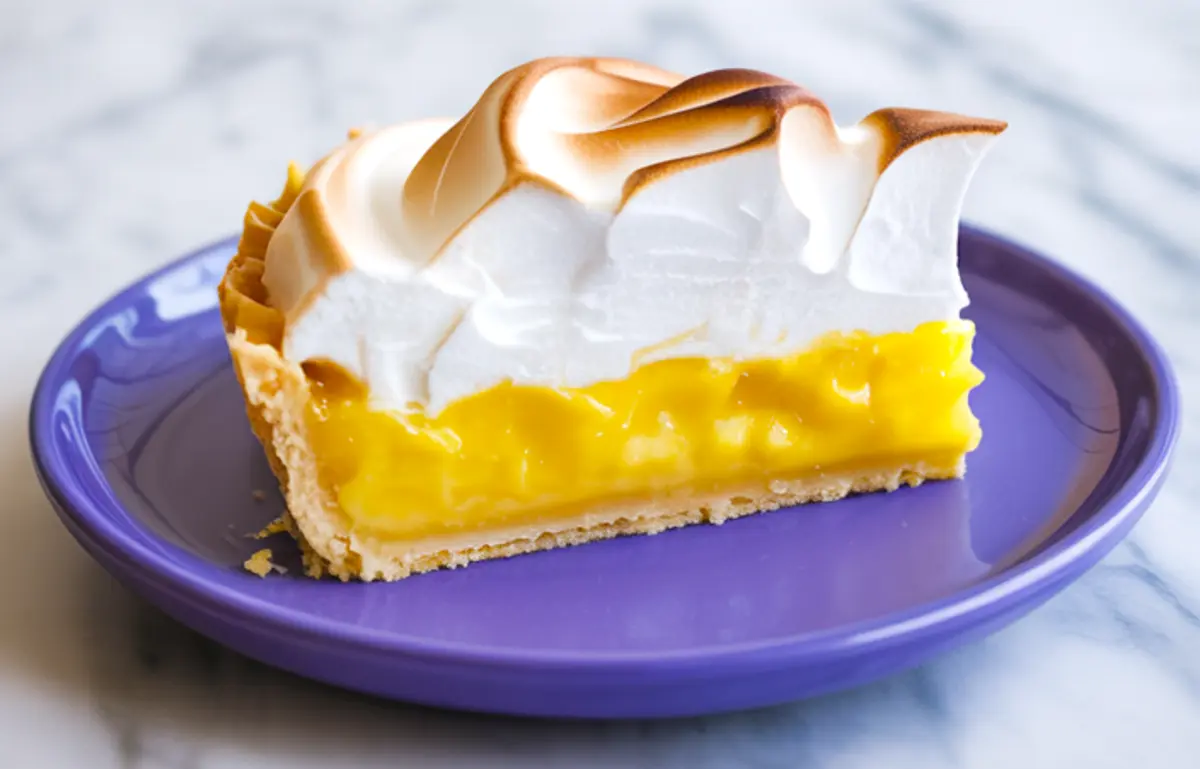
Save this lemon meringue pie recipe to your Pinterest board so you can always find it when citrus season calls. If you try it, I would love to hear how it turned out. Share your experience in the comments or ask any questions. Your feedback helps others learn too.
Lemon Meringue Pie Recipe

A silky lemon custard fills a tender, flaky pie crust, topped with a sweet, fluffy meringue. The bright citrus flavor pairs beautifully with the golden, lightly toasted topping for a dessert that always impresses.
Ingredients
- FOR THE PIE CRUST
- 1 1/4 cups all-purpose flour (160g)
- 1/2 teaspoon salt
- 1 tablespoon sugar
- 1/2 cup unsalted butter, cold and cut into cubes (115g)
- 3-4 tablespoons ice water
- FOR THE LEMON FILLING
- 1 1/4 cups granulated sugar (250g)
- 1/3 cup cornstarch (40g)
- 1/4 teaspoon salt
- 1 1/2 cups water (360ml)
- 4 large egg yolks (reserve whites for meringue)
- 1/2 cup freshly squeezed lemon juice (120ml, about 3 lemons)
- 1 tablespoon lemon zest
- 2 tablespoons unsalted butter
- FOR THE MERINGUE
- 4 large egg whites, room temperature
- 1/2 teaspoon cream of tartar
- 1/2 cup granulated sugar (100g)
- 1 teaspoon pure vanilla extract
Instructions
MAKE THE PIE CRUST: In a large bowl, whisk together the flour, salt, and sugar. Cut in the cold butter using a pastry cutter or your fingertips until the mixture resembles coarse crumbs. Slowly add the ice water, one tablespoon at a time, mixing gently until the dough just comes together without being sticky. Form the dough into a disk, wrap it in plastic wrap, and refrigerate for at least 30 minutes.
ROLL AND BLIND BAKE THE CRUST: Roll out the chilled dough on a lightly floured surface to fit a 9-inch pie dish. Transfer the dough to the dish, trim the edges, and crimp decoratively. Prick the bottom of the crust with a fork. Line the crust with parchment paper and fill with pie weights or dried beans. Bake at 375°F (190°C) for 15 minutes. Remove the weights and parchment, then bake for another 10 minutes until lightly golden. Allow the crust to cool completely.
PREPARE THE LEMON FILLING: In a medium saucepan, whisk together the sugar, cornstarch, and salt. Gradually add the water while whisking until smooth. Cook over medium heat, stirring constantly, until the mixture thickens and bubbles. In a separate bowl, whisk the egg yolks. Slowly pour about 1/2 cup of the hot mixture into the yolks, whisking constantly to temper them. Return the tempered yolks to the saucepan and cook for 2 more minutes, stirring continuously. Remove from heat and stir in the lemon juice, lemon zest, and butter until fully incorporated and smooth. Pour the filling into the cooled pie crust.
MAKE THE MERINGUE: In a clean, grease-free mixing bowl, beat the egg whites and cream of tartar on medium speed until soft peaks form. Gradually add the sugar, one tablespoon at a time, beating continuously until stiff, glossy peaks form. Beat in the vanilla extract until fully blended.
ASSEMBLE AND BAKE: Spread the meringue evenly over the hot lemon filling, making sure to seal the meringue to the crust edges to prevent shrinking. Use the back of a spoon to create decorative swirls on the surface. Bake at 350°F (175°C) for 15 to 20 minutes, or until the meringue is golden brown.
COOL AND CHILL: Allow the pie to cool completely at room temperature. Once cooled, refrigerate for at least 3 hours before slicing to ensure clean slices.
Notes
Use freshly squeezed lemon juice for the best flavor. Avoid overbeating the meringue to prevent weeping. The pie is best served the day it is made but can be stored in the refrigerator for up to two days.
Nutrition Information
Yield
12Serving Size
1Amount Per Serving Calories 372Total Fat 15gSaturated Fat 8gTrans Fat 0gUnsaturated Fat 7gCholesterol 103mgSodium 242mgCarbohydrates 54gFiber 1gSugar 33gProtein 6g

